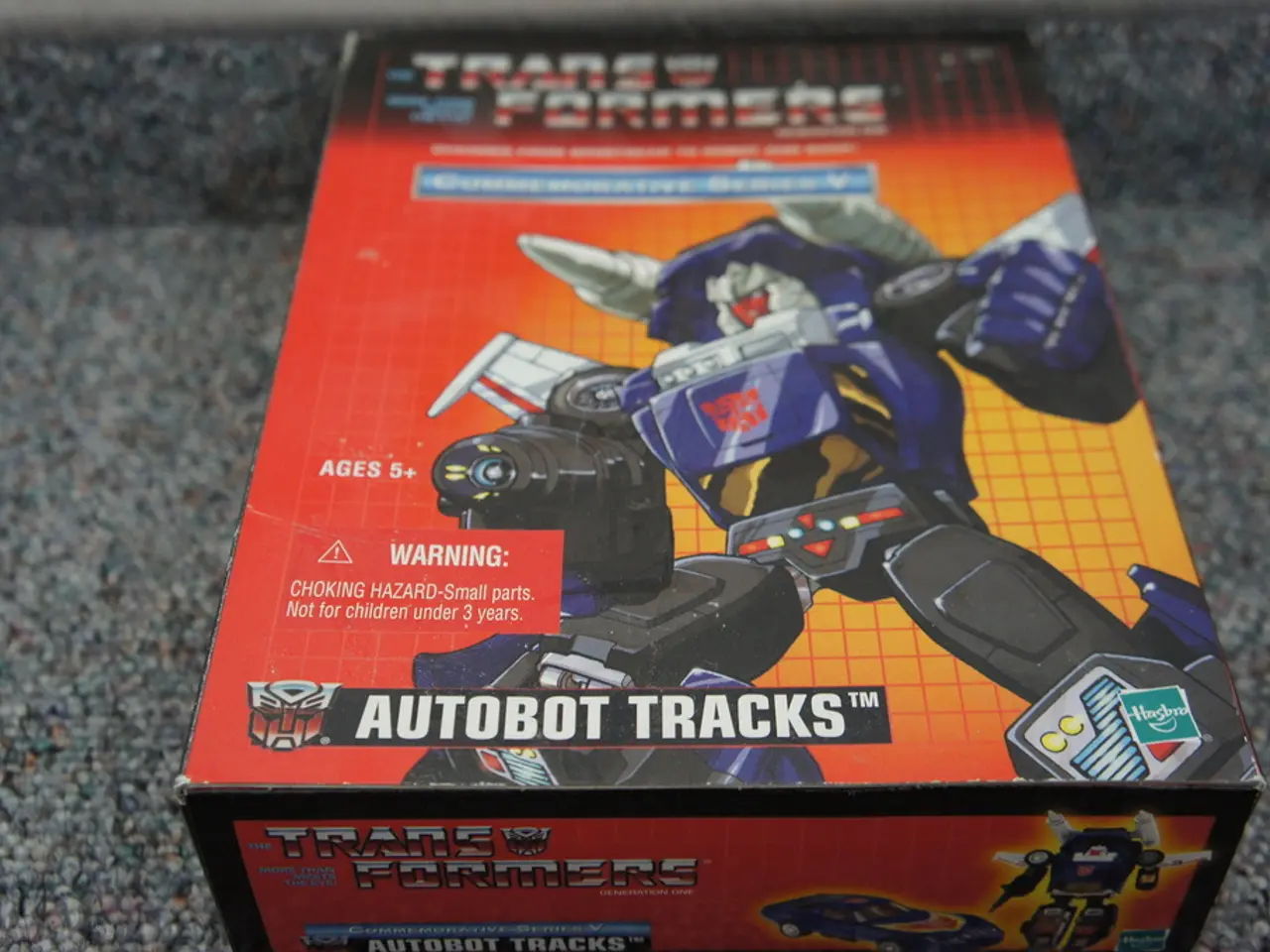Autonomous Surgical Robot Successfully Carried Out Entire Procedure Independently Without Human Assistance
## Revolutionary AI-Powered Surgical Robot Achieves 100% Accuracy in Ex-vivo Procedures
A groundbreaking development in the field of surgical robots has been made by a team of researchers from Johns Hopkins, Stanford, and Columbia universities. The team has created an autonomous robot named SRT-H, which has successfully removed gallbladders from pig cadavers in eight separate procedures with 100% accuracy [1].
SRT-H employs a unique combination of language-conditioned imitation learning and a two-layer AI brain for its operations [2]. It learns from watching human surgeons through cameras mounted on its robotic wrists and an overhead endoscope, and its motions are less jerky and its instrument paths are shorter compared to human surgeons [3].
The high-level "planner" in SRT-H issues task-level instructions in natural language, while the low-level controller translates those instructions into physical movements [2]. The robot is also capable of asking for a tool change during its operations [1].
The findings regarding SRT-H's performance were published in Science Robotics [4]. The authors of the study view SRT-H as a significant milestone in surgical AI, with the Royal College of Surgeons of England considering it an exciting development with great promise [4].
While SRT-H's success in ex-vivo surgery is undeniable, translating it to in-vivo surgery presents several challenges. The team is exploring ways to make the robot safer, including adding uncertainty estimates and allowing surgeons to step in mid-procedure [5].
Despite the advancements, several challenges remain in the integration of AI in surgical robots. Ensuring that AI systems can consistently perform complex surgeries without human intervention is a significant challenge, as is addressing ethical concerns, regulatory frameworks, and cost and accessibility issues [6].
The future implications of AI in surgical robots are profound, with potential impacts on enhanced patient care, the possibility of autonomous surgeries, integration with other technologies, and optimizing surgical procedures for more personalized and effective treatment plans [7].
As AI technology continues to advance, the medical field can expect to see more autonomous surgical robots like SRT-H, potentially revolutionizing the way surgeries are performed and improving patient outcomes.
[1] [Science Robotics](https://www.science.org/doi/10.1126/scirobotics.abj0054) [2] [Johns Hopkins University](https://www.jhu.edu/news/2022/01/06/jhu-stanford-columbia-engineers-create-ai-powered-robot-surgeon) [3] [Stanford University](https://engineering.stanford.edu/news/ai-powered-robot-learns-surgery-autonomously) [4] [Royal College of Surgeons of England](https://www.rcseng.ac.uk/press-and-media/news/ai-powered-robot-surgeon-shows-promise-for-future-surgeries) [5] [Columbia University](https://engineering.columbia.edu/news/ai-powered-robot-surgeon-learns-from-humans-and-performs-surgeries-autonomously) [6] [BBC News](https://www.bbc.com/news/health-55903859) [7] [Forbes](https://www.forbes.com/sites/bernardmarr/2021/09/07/ai-in-healthcare-how-artificial-intelligence-is-transforming-the-medical-field/?sh=6e25f47a72c9)
- The revolutionary AI-powered surgical robot, SRT-H, developed by a team of researchers, might revolutionize the way surgeries are performed, potentially leading to improved patient outcomes.
- By employing a unique combination of language-conditioned imitation learning and a two-layer AI brain, SRT-H demonstrates less jerky movements and shorter instrument paths compared to human surgeons.
- As more autonomous surgical robots like SRT-H are developed, there is the potential for autonomous surgeries, integration with other technologies, and optimized surgical procedures for more personalized and effective treatment plans.
- However, challenges remain in the integration of AI in surgical robots, including ensuring AI systems can perform complex surgeries without human intervention, addressing ethical concerns, regulatory frameworks, and cost and accessibility issues.
- The team behind SRT-H is exploring ways to make the robot safer, such as adding uncertainty estimates and allowing surgeons to step in mid-procedure, to overcome the challenges of in-vivo surgery.
- The medical field can anticipate further advancements in AI technology, leading to the development of more autonomous surgical robots, and the field of science, particularly robotics and artificial intelligence, is poised to play a significant role in health, medicine, tech, space, research, health-and-wellness, and medical-conditions.




